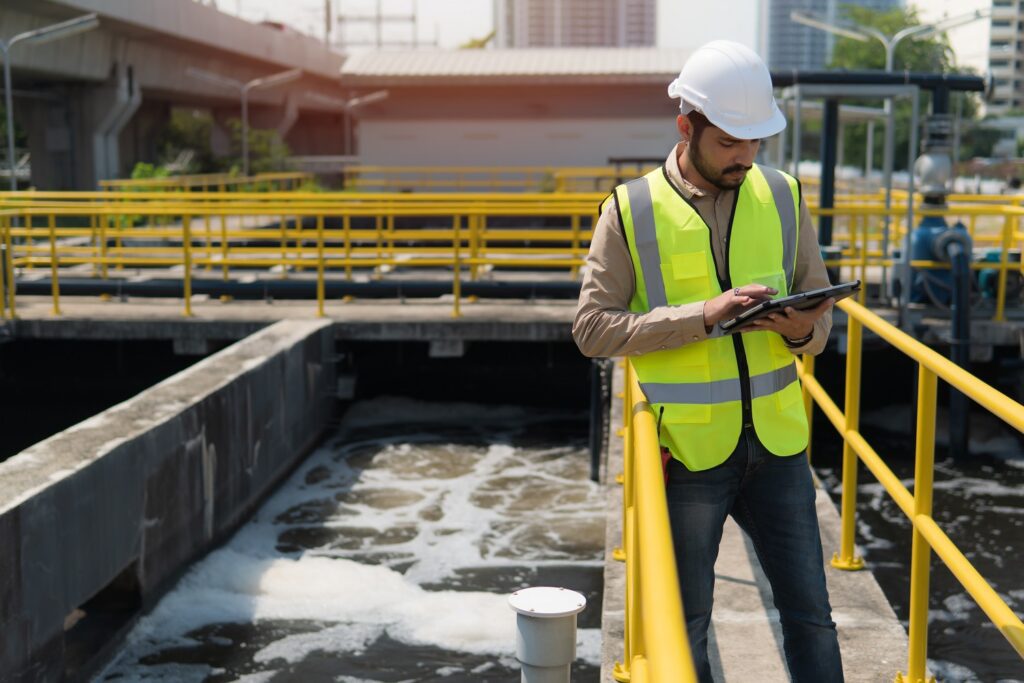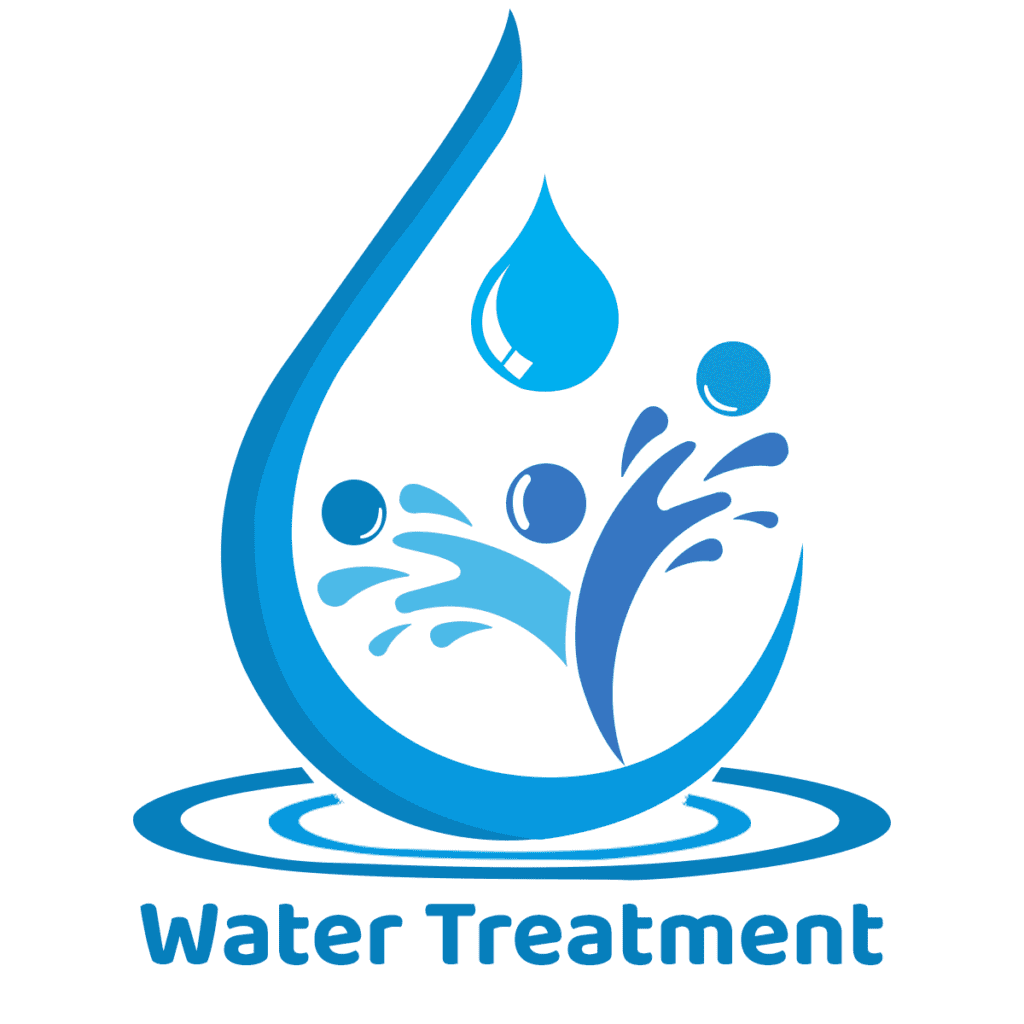water treatment

Understanding Water Treatment: Ensuring Safe and Clean Drinking Water
Water is essential for life, yet many people take for granted the complex processes that ensure the water we drink is clean and safe. Water treatment is a crucial step in protecting public health, preserving ecosystems, and maintaining the overall quality of our water supply. In this blog, we’ll explore what water treatment is, the various processes involved, and why it matters.
What is Water Treatment?
Water treatment refers to the processes used to make water safe for consumption and use. This includes removing contaminants, pathogens, and impurities from water sourced from rivers, lakes, aquifers, or even municipal supplies. The goal is to produce water that meets health and safety standards set by government regulations.
The Importance of Water Treatment
- Public Health: Contaminated water can lead to serious health issues, including gastrointestinal infections, cholera, and other waterborne diseases. Effective treatment prevents these health crises.
- Environmental Protection: Properly treated wastewater can be safely returned to the environment, minimizing pollution and protecting aquatic ecosystems.
- Resource Management: Water treatment systems help in managing the water supply, especially in areas facing scarcity, ensuring that clean water is available for all.
- Economic Benefits: Clean water is vital for various industries, including agriculture, manufacturing, and tourism, contributing to economic stability.
The Water Treatment Process
Water treatment typically involves several key steps:
1. Coagulation and Flocculation
In this initial stage, chemicals (coagulants) are added to the water to bind with impurities and form larger particles called flocs. This process helps to remove dirt and other suspended materials.
2. Sedimentation
Once the flocs are formed, the water is allowed to sit in a sedimentation basin. Here, gravity pulls the heavier flocs to the bottom, where they can be removed.
3. Filtration
The clear water that remains after sedimentation passes through filters made of sand, gravel, and charcoal. This step removes smaller particles and impurities, ensuring that the water is clearer and cleaner.
4. Disinfection
To kill any remaining pathogens, disinfection is essential. Common methods include chlorination, ultraviolet (UV) light treatment, and ozonation. Each method effectively reduces the risk of waterborne diseases.
5. pH Adjustment and Corrosion Control
To prevent pipe corrosion and maintain water quality, the pH of the water is often adjusted. This ensures that the water is not too acidic or basic, which could lead to leaching of metals from pipes.
6. Storage and Distribution
Once treated, the water is stored in tanks before being distributed through a network of pipes to homes, businesses, and public facilities. Regular testing ensures that the water remains safe throughout the distribution process.
Innovations in Water Treatment
As technology advances, new methods and techniques are emerging in the field of water treatment. Some notable innovations include:
- Membrane Filtration: Techniques like reverse osmosis and nanofiltration can remove even the smallest contaminants, including salts and certain organic compounds.
- Biological Treatment: Utilizing microorganisms to break down organic pollutants, this method is becoming increasingly popular for treating wastewater.
- Advanced Oxidation Processes (AOPs): These methods use powerful oxidants to degrade contaminants that are otherwise difficult to remove.
Conclusion
Water treatment is a critical aspect of public health and environmental stewardship. As global populations grow and water resources become more strained, understanding and supporting effective water treatment practices is more important than ever. By investing in advanced treatment technologies and infrastructure, we can ensure that everyone has access to safe, clean drinking water for generations to come.
Whether you’re at home, at work, or in your community, take a moment to appreciate the incredible systems that provide us with this vital resource. After all, clean water is not just a convenience; it’s a fundamental human right.









